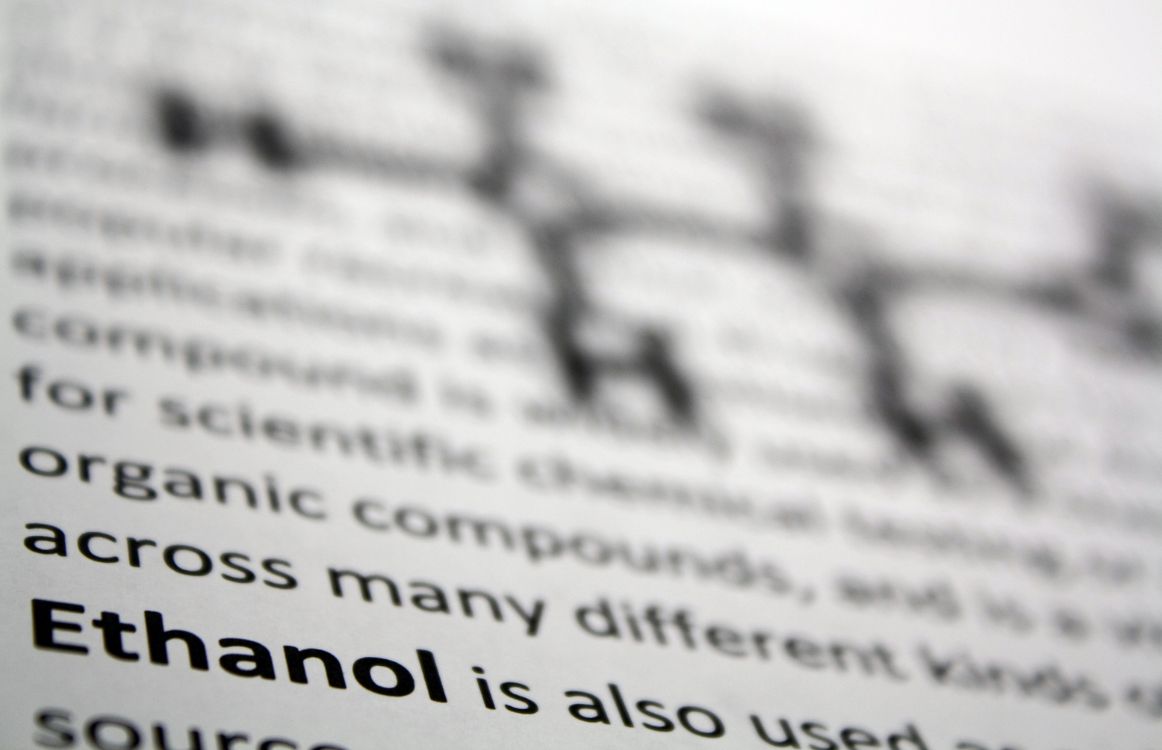Bioethanol vs Ethanol: What Are the Differences?

You have probably been hearing a lot lately about bioethanol vs ethanol. With all the talk of climate change, carbon emissions, and greenhouse gases, the ethanol industry has become a hot topic. So, what are the differences between the two? Let’s talk about it.
Ethanol
The very foundation of any product made from alcohol is ethanol. Ethanol is the scientific word we typically use for alcohol. It is made through the fermentation of sugar, and it can only be made using yeast.
It is a natural process born long before humans came along, though humans have been working tirelessly to perfect it.
You see, one of the earliest life forms on earth was the yeast cells.
As microbiologists understand it, first there were bacteria and archaebacteria, prokaryotes with a single cell but no enclosed nucleus or mitochondrial system.
Over the span of millions of years, and largely due to the basic concept of the survival of the fittest, some bacterial, or archaebacterial cells evolved to develop an enclosed nucleus and a mitochondrial system, becoming a eukaryote.
Early Life
The first evidence we have of this new life form is the yeast cell.
It is from that first eukaryote that all animals on earth have evolved.
Early bacteria and yeast cells fed on algae, which produced sugar it got from the process of photosynthesis.
So, as yeast and other fungi grew and evolved and branched off to become animals and eventually humans, algae grew and evolved and branched off to become the land plants we know today.
It was from those earliest times that yeast fed on plants rich with sugar. The sugar fed the mitochondrial needs of the yeast cells, and the yeast cells then produced alcohol and carbon dioxide as waste products.
Carbs and Sugar
Carbohydrates are the basis of all energy in the mitochondria, and sugar is a carbohydrate. At its simplest, yeast can consume sugar and use it directly to fuel its energy needs.
We can find this happening, as it happened millions of years ago, on plants across the planet. The yeast descends upon a sugary, overripe piece of fruit, it consumes the sugars inside, which is when we’ll see the bubbling and fizzing on the fruit, and it converts those sugars to alcohol and carbon dioxide.
If you ate that piece of fruit once it was fermented, you would see the same alcoholic effects you see with wine or beer. Indeed, primates in the wild have been known to do just that — wait for fruit to ripen and ferment before eating it.
To sum it all up, ethanol is the end result of this fermentation process — yeast finds sugar, consumes it, and converts it to alcohol, or ethanol.
Humans discovered this process in nature through various encounters and began capitalizing on it to make wine, beer, honey mead, kombucha, tepache, and more.
In recent decades, we have used it to produce bioethanol.

Bioethanol
Bioethanol is the latest discovery in the fermentation process. Scientists in the 1970s interested in cutting the cost of gasoline (petrol in Europe), and in addressing the concerns about climate change, began experimenting with using alcohol, or ethanol, for transportation fuel.
In the beginning, ethanol producers used corn and waste from other biomass uses to produce large amounts of ethanol. Once ground down and turned into a meal, producers would put this corn meal through a saccharification process that extracted all the sugars from the meal. They would then boil it and steep it, just like when making beer, and ferment it with yeast.
Yeast, of course, is the essential ingredient in all fermentation.
Benefits
The benefits of bioethanol include reducing greenhouse gas emissions as bioethanol burns cleaner and is absorbed back into plants once released. It is also a renewable energy, as you can continue to grow corn, sugarcane, sugar beets, or any other sugary plant to make ethanol, as opposed to oil, which is not renewable and will eventually run out.
Problems
The problem with bioethanol is that we only have so much land to grow enough crops to produce the fuel for the world’s transportation needs. In addition, the vast majority of vehicles on the road today have internal combustion engines that run on petrol, the product of oil.
The compromise over the last few decades has been to cut petrol with bioethanol. Engineers have found that internal combustion engines will run on a combination of the two, and the end result is a cleaner, less expensive fuel.
We will continue to watch as science marches inevitably forward to see in what direction it may take us toward a more efficient form of transportation and the fuel to go with it.
Bioethanol vs Ethanol: What Are the Differences?
So, what are the differences between ethanol and bioethanol? None, really. Ethanol is the product of yeast fermenting sugar, and bioethanol is the name we give to the ethanol used as fuel. In short, all bioethanol is ethanol, but not all ethanol is bioethanol.
It’s (somewhat) like asking what is the difference between wine and ethanol. Wine is an ethanol product (albeit a more complex one). So too bioethanol is an ethanol product. You won’t drink bioethanol, and you can’t run a car on wine, but the two come from the same source.
Cheers!
We make yeast analysis fast, easy, and affordable for efficient bioethanol production. Monitor yeast growth when propagating and optimize fermentation times by automatically analyzing yeast cell concentration, viability, and budding count – all in less than a minute.
Join the bioethanol producers from all around the world using the Smartest Automated Yeast Cell Counter! Request a Free Demo Account today and experience firsthand how Oculyze can take your business to the next level!
Sources:


